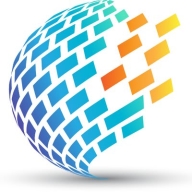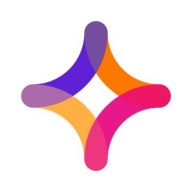

Jitterbit Harmony and Equalum are competitors in the integration and data streaming sector. Jitterbit Harmony has a competitive advantage in support and pricing, whereas Equalum is favored for its advanced features and greater perceived value.
Features: Jitterbit Harmony offers effective integration capabilities with powerful data transformation tools and diverse connectors. Equalum excels with real-time data streaming, advanced analytics, and intuitive workflow automation.
Room for Improvement: Jitterbit Harmony could improve in real-time data processing and feature updates. Equalum may enhance its deployment complexity and broaden its connector range.
Ease of Deployment and Customer Service: Jitterbit Harmony ensures a straightforward deployment with strong support, appealing to businesses needing quick solutions. Equalum, while more complex to implement, provides comprehensive technical support, benefiting tech-savvy firms.
Pricing and ROI: Jitterbit Harmony offers competitive pricing with quick ROI, suitable for smaller businesses with limited budgets. Equalum, despite being more costly, promises extensive ROI potential with its advanced capabilities, fitting organizations seeking long-term sophisticated solutions.

Equalum is a fully-managed, end-to-end data integration and real-time data streaming platform, powered by industry-leading change data capture (CDC) tech and modern data transformation capabilities (streaming ETL and ELT). Equalum's enterprise-grade platform features intuitive UI allowing you to build robust, real-time data pipelines in minutes.
Jitterbit Harmony is a comprehensive platform for data integration and API management, enabling seamless synchronization and automation across cloud-based and on-premises applications.
Users leverage Jitterbit Harmony to integrate systems like ERP and CRM applications, simplifying complex data workflows and enhancing automation. It supports efficient data migration and ensures smooth connectivity, handling diverse integration needs and helping streamline business processes. Users emphasize its drag-and-drop functionality and extensive templates, which contribute to its robust performance. However, improvements are needed in data mapping, error message clarity, and documentation, especially when dealing with large data volumes.
What are the key features of Jitterbit Harmony?Companies across retail, manufacturing, healthcare, and finance sectors use Jitterbit Harmony to integrate critical applications and automate workflows. In retail, it connects inventory systems with sales platforms, reducing manual effort. Manufacturers sync their ERP systems with supply chain software, optimizing operations. Healthcare organizations integrate patient management systems with insurance databases, streamlining patient care. Financial institutions use it to connect accounting software with banking systems, ensuring real-time financial data exchange.
We monitor all Data Integration reviews to prevent fraudulent reviews and keep review quality high. We do not post reviews by company employees or direct competitors. We validate each review for authenticity via cross-reference with LinkedIn, and personal follow-up with the reviewer when necessary.